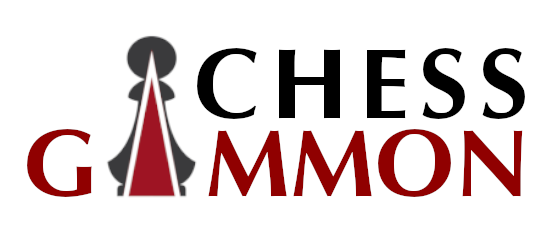The Four Knights Opening: A Timeless Classic
The Four Knights Opening is one of the most traditional and universally recognized chess openings. Known for its symmetrical structure and balanced positions, this opening is an excellent choice for beginners and experienced players alike. It begins with the development of knights to central squares, creating a solid foundation for both tactical and positional play. Have a look at more chess moves with our article, 40 Famour Chess moves.
Here’s what this article covers:
- What is the Four Knights Opening? – A breakdown of the opening’s basic moves and core principles.
- Key Ideas and Strategic Goals – Learn why the Four Knights is considered a flexible and reliable opening.
- Key Variations of the Four Knights Opening – Explore the different ways this opening can develop.
- Strengths of the Four Knights Opening – Why it’s a favorite for players at all skill levels.
- Common Challenges in the Four Knights Opening – Potential pitfalls and how to handle them.
- Tips for Playing the Four Knights Opening – Practical advice to master this classical setup.
- Famous Games Featuring the Four Knights Opening – Iconic examples from chess history.
Now, let’s dive into the details.
What Is the Four Knights Opening?
The Four Knights Opening is characterized by the following moves:
- e4 e5
- Nf3 Nc6
- Nc3 Nf6
Key points:
- Symmetry: Both sides develop their knights early, leading to balanced and harmonious positions.
- Classic Play: This opening dates back centuries and has been played by many legendary players.
- Flexibility: The Four Knights can transition into other openings or variations based on subsequent moves.
Key Ideas and Strategic Goals
- Development: Rapid development of knights ensures early control of central squares like d4 and e4.
- King Safety: The setup allows for quick castling, securing the king while continuing development.
- Central Control: Encourages pawn moves like d4 (for White) and …d5 (for Black) to strengthen the center.
- Positional Play: Offers opportunities for solid and strategic middle-game plans without early complications.
Key Variations of the Four Knights Opening
The Four Knights can branch into numerous variations, each with unique strategies. Some of the most notable include:
- The Spanish Four Knights:
- e4 e5 2. Nf3 Nc6 3. Nc3 Nf6 4. Bb5
- The Scotch Four Knights:
- e4 e5 2. Nf3 Nc6 3. Nc3 Nf6 4. d4
- The Italian Four Knights:
- e4 e5 2. Nf3 Nc6 3. Nc3 Nf6 4. Bc4
- The Belgrade Gambit:
- e4 e5 2. Nf3 Nc6 3. Nc3 Nf6 4. d4 exd4 5. Nd5
- The Rubinstein Variation:
- e4 e5 2. Nf3 Nc6 3. Nc3 Nf6 4. g3
Strengths of the Four Knights Opening
- Simple Development: Ideal for beginners due to its straightforward and logical moves.
- Flexibility: Transitions easily into various middle-game structures and plans.
- Balanced Play: Avoids extreme complications, providing a stable foundation for both sides.
- Rich History: Played by world champions, offering a wealth of theory and practice to study.
Common Challenges in the Four Knights Opening
- Predictability: The symmetry can make it easier for opponents to anticipate your plans.
- Limited Complexity: Advanced players may find the positions less dynamic compared to other openings.
- Aggressive Responses: Lines like the Belgrade Gambit or early pawn breaks can catch unprepared players off guard.
Tips for Playing the Four Knights Opening
- Study Transpositions: Familiarize yourself with variations like the Spanish and Scotch Four Knights to stay versatile.
- Control the Center: Maintain central influence with pawns like d4 or …d5 and develop your pieces harmoniously.
- Be Prepared for Gambits: Study responses to aggressive lines like the Belgrade Gambit to avoid falling into traps.
- Play Positional Chess: Use the opening’s natural structure to transition into solid and strategic middle-game positions.
Famous Games Featuring the Four Knights Opening
- Capablanca vs. Ragozin, 1936: A classic example of how to exploit the Spanish Four Knights.
- Anand vs. Kramnik, 2008: Showcased the Scotch Four Knights in a high-stakes encounter.
- Rubinstein vs. Salwe, 1908: Demonstrated the strategic depth of the Rubinstein Variation.
Conclusion
The Four Knights Opening is a timeless classic that has stood the test of time, offering a harmonious blend of simplicity and strategic depth. Whether you’re a beginner seeking a reliable opening or an experienced player looking for a flexible addition to your repertoire, the Four Knights provides ample opportunities for both tactical and positional play. By mastering its key ideas and variations, you can confidently navigate this elegant opening and enjoy its rich possibilities.






